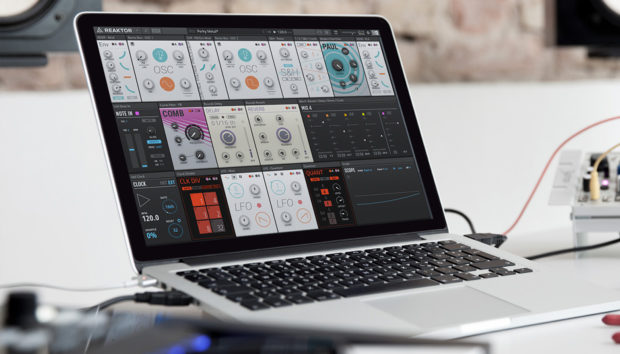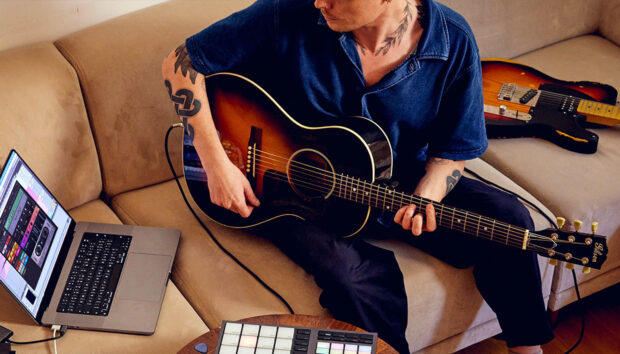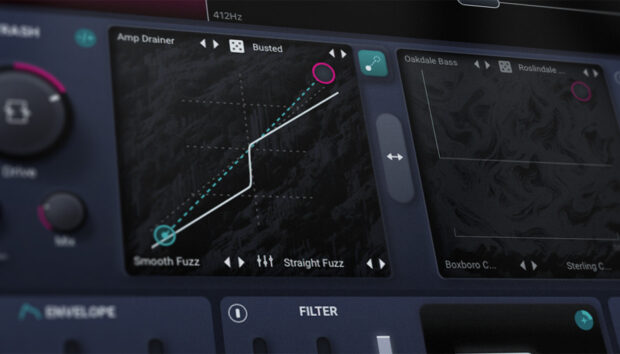
Sound design is the foundation that brings a track to life, shaping its atmosphere, energy, and emotional impact. This is especially true in organic house music, where the texture and vibe of the music is as important as its melodies, grooves, and impact.
Sinca is a perfect example of an artist who is a complete wizard at making heartstring-pulling club music that hits hard on big systems just as much as her music and its melodies linger with you long after she’s mixed into another banger in one of her DJ sets.
With releases on labels like Anjunadeep, All Day I Dream, and XYZ, her unique take on one of today’s hottest dance music genres has brought her millions of streams and one of the fastest-rising careers in underground club music today.
Jump to these sections:
- How Sinca blends organic and synthetic sounds
- Layering synthesized elements with sampled sounds
- Presets vs building patches from scratch
- Organic house bass lines
- How to make sounds feel “organic”
- Advice on organic house sound design
We invited her to share her process – what works, common challenges in achieving that “organic” feel, and how tools like Massive help streamline the creation of those warm, hypnotic tones.
When you think of “organic” in the context of house music, how do you translate that into your sound design choices?
Organic house is a blend of deep, melodic, tribal, and afro house elements, in a way that emphasizes a more natural and earthy vibe. In the production front, this translates into several layers of acoustic-inspired sounds, like percussions, flutes, strings, or pianos with electronic textures.
Pads, arpeggios, and leads are very important, and crafted to feel atmospheric and hypnotic.
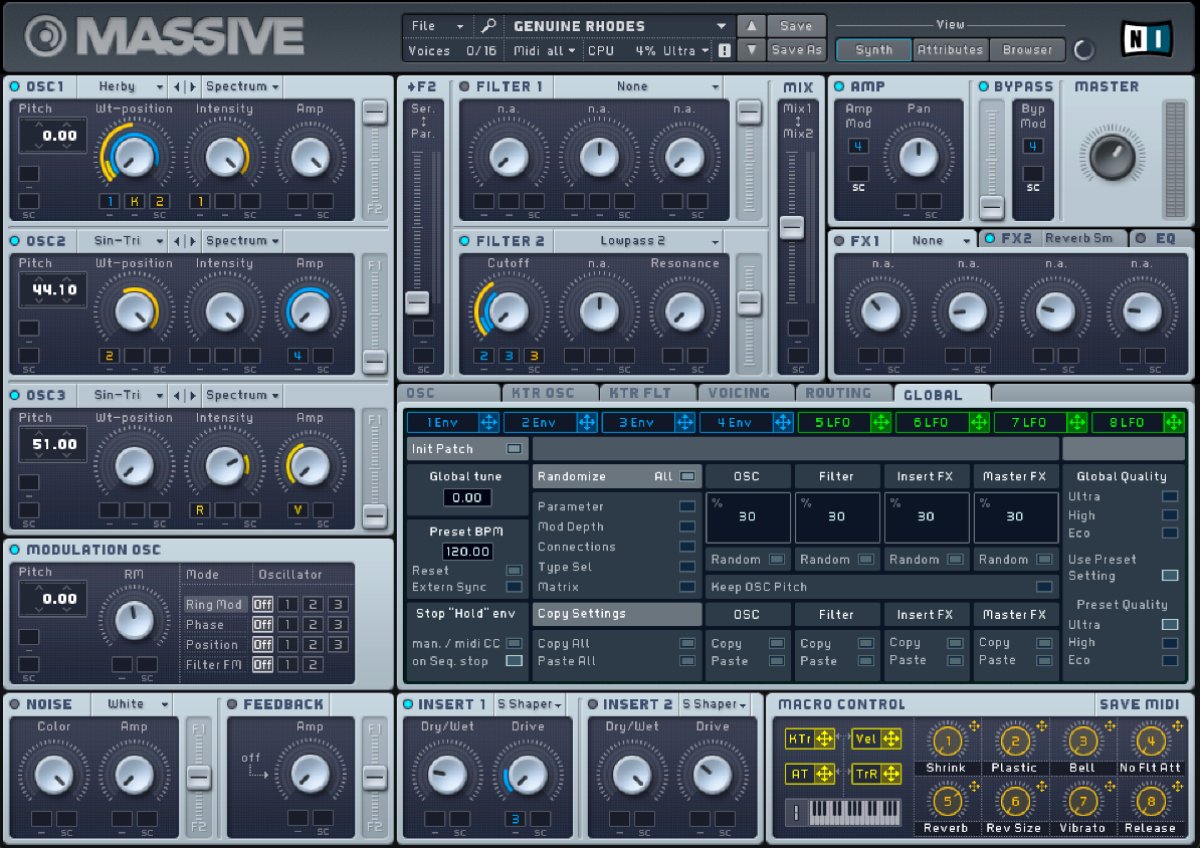
Using presets like “Genuine Rhodes” in Massive for keys or string-like pads from libraries in “Ethereal World” can help achieve this vibe. Leads and pads may sound dreamy and warm, while effects like reverb and subtle delays create depth.
Pro tip: Melodies are often in minor scales, with Middle Eastern or Asian tones (or instruments), kind of like a Bedouin-like aesthetic. A good starting point is finding instruments that feel acoustic, yet blend seamlessly into the electronic vibe of the genre.
How do you blend synthesized elements with recorded or sampled organic sounds to maintain a cohesive mix?
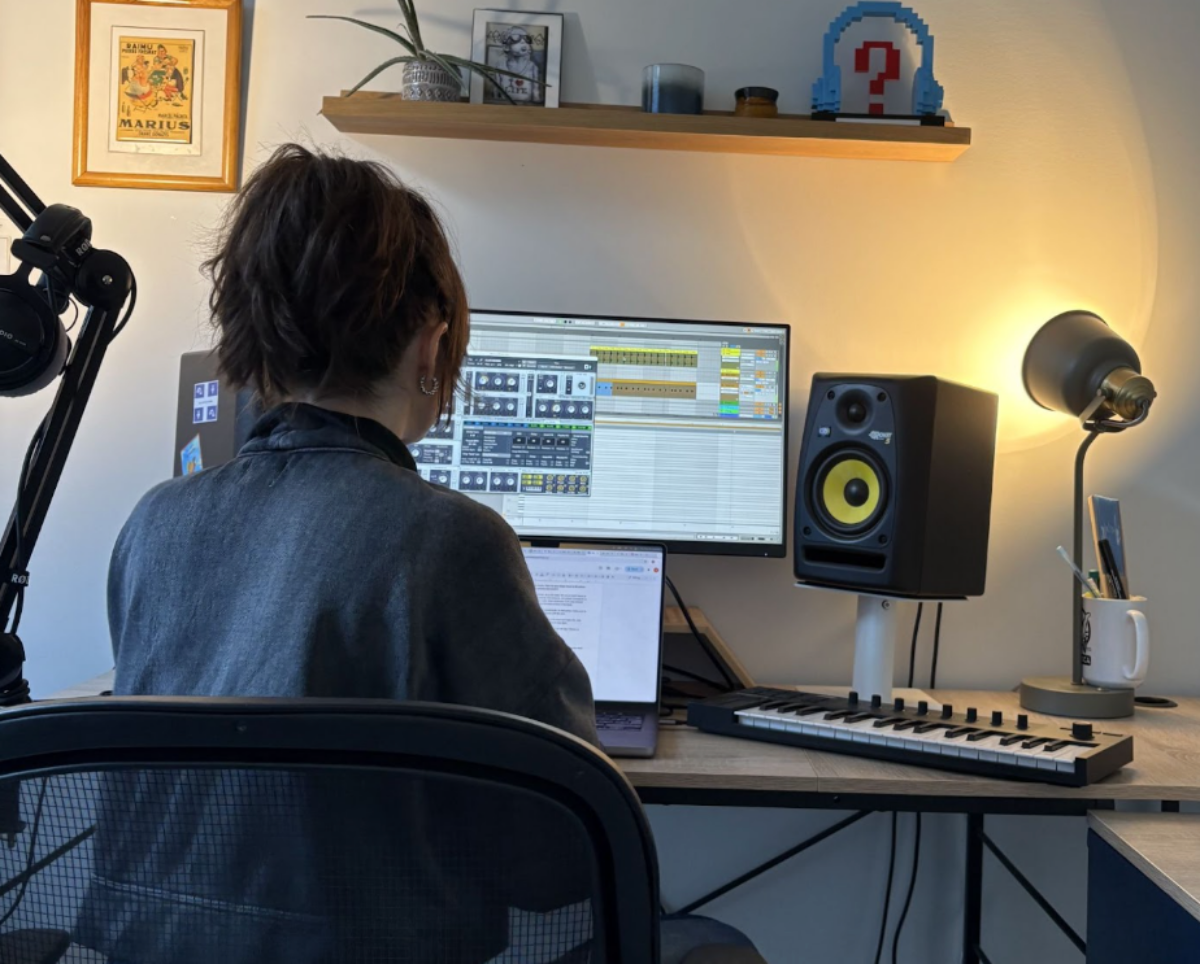
There’s a balancing act in blending both synthesized and organic sounds. But one thing to keep in mind is that organic house is at its best when percussive elements such as bongos, shakers, claps, and toms, are sampled, or even recorded for authenticity. These earthy textures provide a foundation for introducing more synthetic elements like leads or arpeggios without losing the organic feel.
One other effective technique is a good “call and response.” For example, use a plucked guitar preset like “Physical Spain” in Massive to reply to your primary lead. Layering these moments ensures a dynamic and engaging mix.
Balancing stereo width and spatial effects, like panned claps or stereo delays, further integrates recorded and synthesized parts. Together, they create a soundscape that feels alive yet cohesive.
Pro tip: Blend melodic house or indie dance elements into my organic house foundations for originality. Massive, though not always a go-to plugin for this genre, adds unique textures that stand out
Do you prefer starting with presets or building patches from scratch when designing sounds? Why?

I usually start with presets… for efficiency!
Presets offer a foundation that can quickly align with the sound I envision. For instance, Massive’s huge library provides inspiring options, and tweaking a preset allows me to adapt it to my needs. Exploring presets often sparks ideas I wouldn’t have thought of, which can shape the direction of a track.
From there, I adjust parameters like filters, envelopes, or modulation to make the sound unique and interesting. This balance of exploration and customization lets me focus on creativity without sacrificing quality or time.
Basslines are crucial in house music. How do you shape them to fit within the organic house style while keeping them groovy and warm?

Organic house basslines need warmth, groove, and subtle dynamics.
A rounded sub-bass provides the foundation, while layered textures (like Massive’s “Clockwork” preset for example) can help add some movement and originality. Automating features, such as the cutoff, helps evolve the bassline and keep it engaging throughout the track.
Groove lies in syncopation and precise placement, like adding 16th-note patterns to create bounce with the kick drum. I often start tracks by crafting the kick and bassline first, which ensures a tight rhythm before layering other percussive elements.
In my track “Printemps” (All Day I Dream, January 2023), a Massive’s bass preset called ‘Feedback bass’ played a central role in achieving the organic yet groovy feel.
What’s one piece of advice you’d give to producers struggling to make their sounds feel “organic” or “alive”?

To make sounds feel alive, it’s very good to leverage effects like reverb, delay (especially with ping-pong settings), and panning. These tools add depth and stereo width, immersing the listener in a dynamic soundscape.
Automation is also key. Modulating parameters like cutoff or velocity can bring life into static sounds. For instance, applying subtle LFOs to volume or filter parameters creates organic movement. Experimenting with these techniques often transforms lifeless sounds into vibrant, expressive elements.
Would you mind sharing some sound design tricks or processes you’ve discovered in Massive that other producers might find useful?
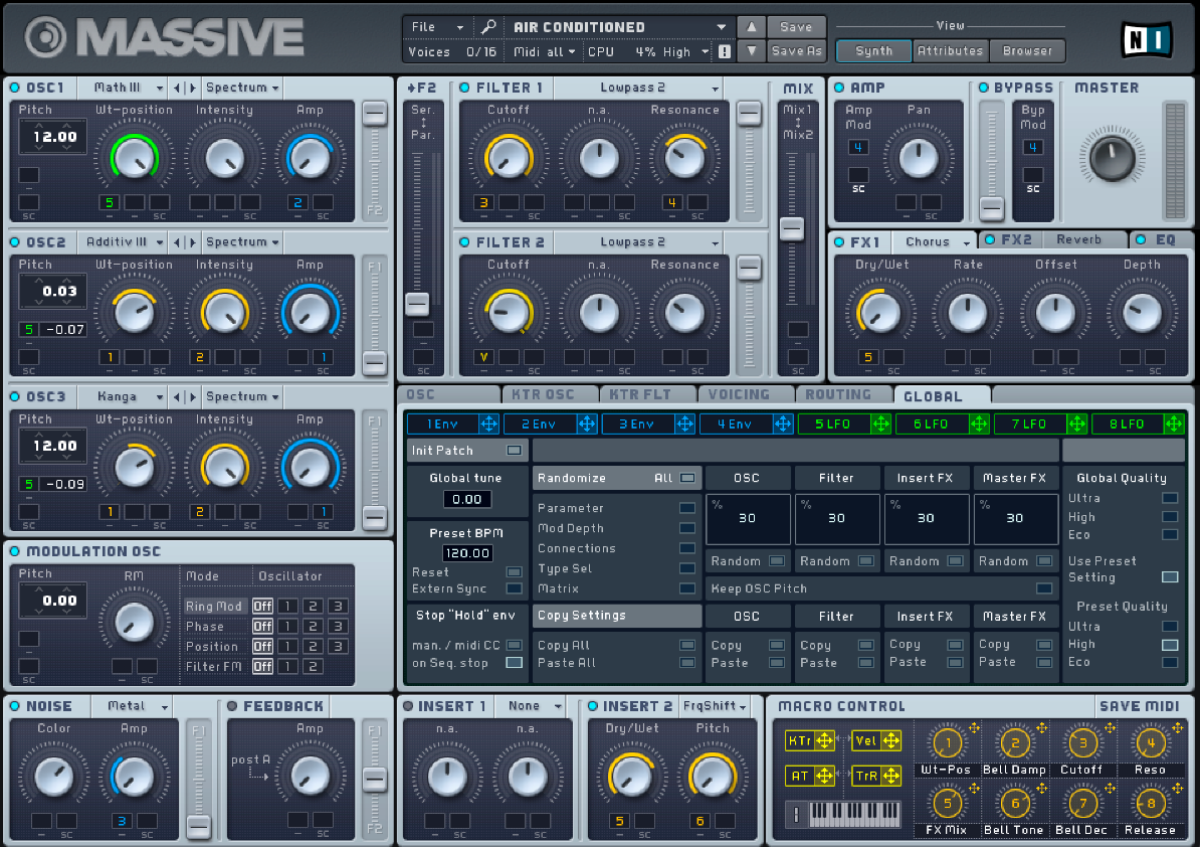
Massive’s versatility makes it great for organic house. Its modulation options allow for dynamic, evolving sounds. For example, automating the filter cutoff or resonance gives pads or leads a sense of motion, while its FX section, especially reverb, enhances the atmospheric quality.
Presets like “Air Conditioned” and “Aloe Pluck” are excellent starting points. Their easy customization means you can quickly tailor them to fit your track. Massive excels in creating warm, expressive sounds that complement the organic aesthetic.
Start using Massive to create organic house hits
A big thanks to Sinca for sharing her sound design approach, especially how she mixes organic elements with synthetic sounds and leans heavily into automation to make each layer of sound in her tracks come alive with expression and that evocative, detailed vibe that organic house is so known for.
What really stood out was her focus on balance – creating deep basslines that breathe with the groove, life-like pads that move and morph through modulation, and textured percussion that work seamlessly together. It’s about making every element serve the track, adding depth without overcomplicating things.
And another essential thing to remember throughout this entire process…
You don’t need an arsenal of expensive hardware synths either to achieve what Sinca does. With the right tools, like Massive, and a solid understanding of the fundamentals, Sinca proves you can create tracks that are full of warmth and energy without a huge setup. Whether you’re fine-tuning your production process or pushing out a new track, Sinca’s techniques show that keeping things simple and intentional is what gets the best results.




